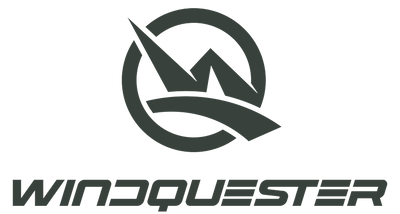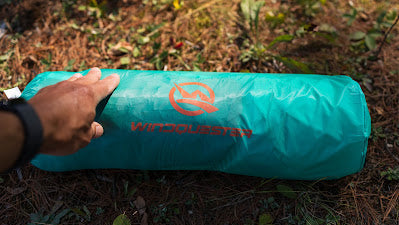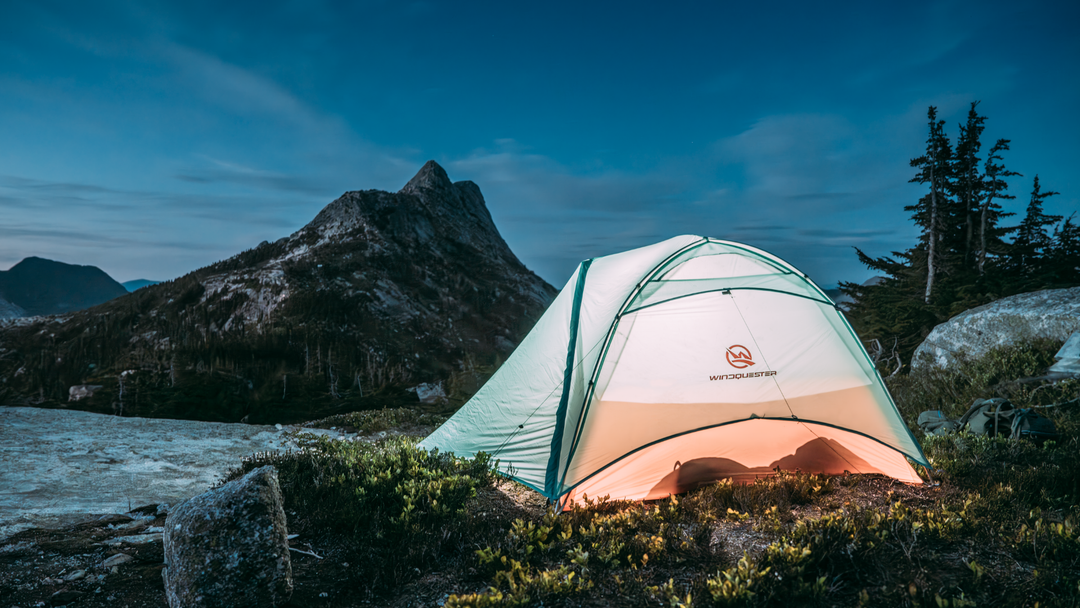FAQ
WindQuester FAQ
A. Orders, Shipping & Service
1) What is WindQuester and where are you based?
WindQuester is a Canada-registered outdoor brand focused on ultralight, reliable gear for hiking and camping. We operate in North America first (Canada & the U.S.) with plans to expand globally.
2) Where do you ship right now?
We currently ship to Canada and the United States. Additional regions will be added—watch our site or contact support for timelines.
3) How long does delivery take in North America?
Orders to Canada and the U.S. typically arrive in 3–9 business days. Remote areas or severe weather may add time; use your tracking link for live updates.
4) Which payment methods do you accept?
Major cards (Visa, MasterCard, American Express) and PayPal. Payments are processed securely at checkout.
5) Are taxes and duties included?
Applicable taxes are shown at checkout based on your address. Any cross-border duties are assessed by local customs according to regulations.
6) What is your return policy?
You may request a return or exchange within 30 days of delivery if the item is unused and in resellable condition. See our Returns & Warranty page for details.
7) Do your products have a warranty?
Yes—2-year limited warranty covering non-human, structural issues under normal use. Wear-and-tear or misuse is not covered.
8) Do you sell accessories or spare items?
We offer selected accessories/consumables (e.g., stakes, tips, hardware). Please check the Accessories/Parts category on our website for current availability.
B. Gale Lite 2 Ultralight Tunnel Tent (Seam Sealing)
9) What is the Gale Lite 2?
The Gale Lite 2 is an ultralight, two-person tunnel tent designed for fast-and-light trips where weight, stability, and usability must be balanced.
10) Do I need to seam seal the Gale Lite 2? Why?
Yes. To achieve extreme weight savings, the Gale Lite 2 uses un-taped seams typical in ultralight gear. Seam sealing significantly improves long-rain protection and is standard practice in the UL community.
11) Do you include seam sealer and instructions?
Yes. Seam sealer is included in the box. On our website you’ll also find the Gale Lite 2 setup video, which contains clear seam sealing instructions as part of the installation guide.
12) How do I seam seal, and how long is the dry time?
Pitch the tent in a ventilated area and apply a thin coat along the stitch lines (treat interior/exterior points as needed). Allow ~3 hours to dry with good airflow, then pack only after full cure.
13) Does seam sealing add noticeable weight?
Weight gain is negligible for a single tent application—virtually no impact on your base weight while meaningfully improving waterproof performance.
14) Any wind performance or pitching tips?
Use DAC red stakes, drive them at ~45° away from the guyline, and tension evenly. In side-winds, add guylines at the windward panels for better stability.
C. Trekking Poles (Ultralight, Foldable vs. 3-Section)
15) Foldable Z-poles vs. 3-section poles—how do I choose?
-
Foldable (Z-fold): smaller pack size, lower weight—great for ultralight mileage.
-
3-section: precise length adjustment for varied terrain—versatile and stable.
Pick based on your pack space and terrain preferences.
16) What length should I set my trekking poles to?
A quick rule: elbows around 90° on level ground. As a start, use height × 0.68. Shorten slightly for steep climbs; lengthen for descents to keep shoulders/elbows neutral.
17) How do I care for carbon trekking poles?
Avoid lateral hammering in extreme cold, rinse grit/sand from locks after muddy days, dry fully before storage, and check lock tension periodically.
18) EVA vs. cork grips—what’s the difference?
EVA is lighter and sweat-resistant with quick rebound; cork feels more organic and comfortable on long, sweaty days. Choose by season, sweat level, and hand feel.
D. Camp Chairs & Horizon Series
19) What is Horizon and who is it for?
Horizon is our lightweight camp chair line: quick assembly, comfortable seating angle, and stable geometry. Ideal for weekend camping, car-camp sites, backpacking rest spots, and city park chill.
20) What about load rating and stability for Horizon chairs?
Check the product page specs for the load rating. For best stability, use firm ground, insert legs fully, and sit with centered weight. Field-tested for real-world conditions.
21) Any assembly and care tips for Horizon?
Follow the color-coded hubs, insert tubes until fully seated, wipe off mud/sand after use, dry before packing, and avoid prolonged UV exposure or salty mist to extend fabric and shock-cord life.
E. Sleeping Pads (R-Value & Use)
22) What is an R-value and how do I choose?
R-value measures insulation against ground chill. Spring–summer often works with R 2–3; three-season R 3–4.5; late fall/light winter R 4.5+. If you sleep cold or camp high, choose a higher R-value.
23) Air pad vs. foam pad—how should I decide?
Air pads offer more comfort and smaller pack size; avoid sharp objects and high heat. Foam pads are tougher and double as sit pads but bulkier. Many ultralight hikers mix and match by route and season.
F. Stakes & Pitching (DAC Red Stakes)
24) Why choose DAC red stakes?
DAC red stakes combine light weight, strong holding power, and high visibility. They perform well in hard soil and mixed terrain and are easy to spot and retrieve at dusk.
25) What’s the correct angle and method to set stakes?
Drive stakes ~45° away from the guyline. Pin the four corners first, then edges, then fine-tune guyline tension. In soft ground, use longer stakes or cross-stake to increase pull-out resistance.





